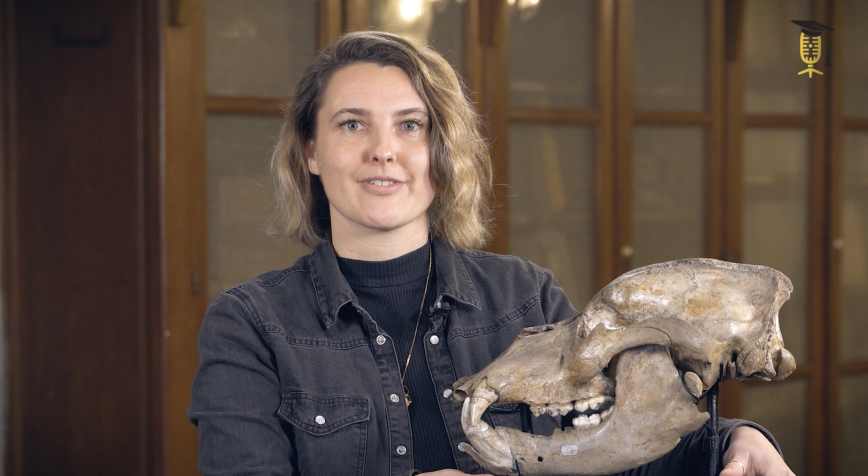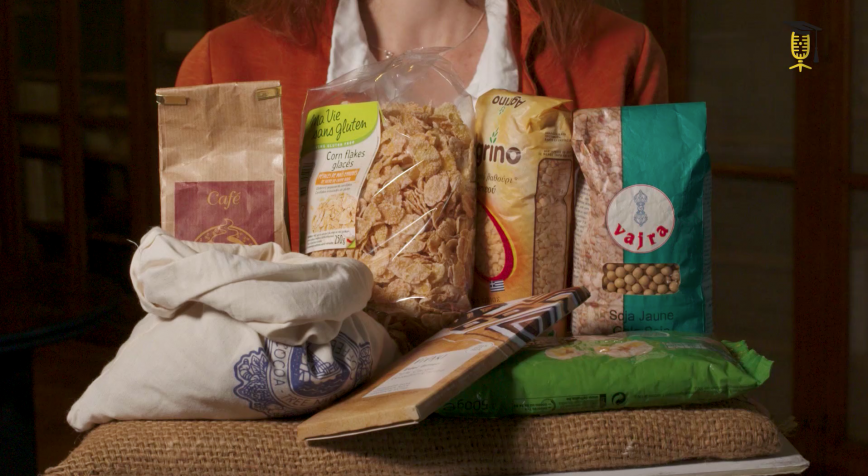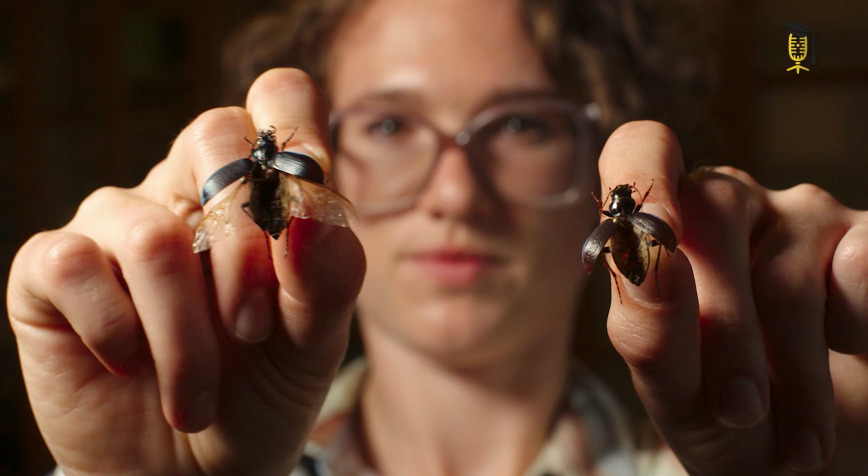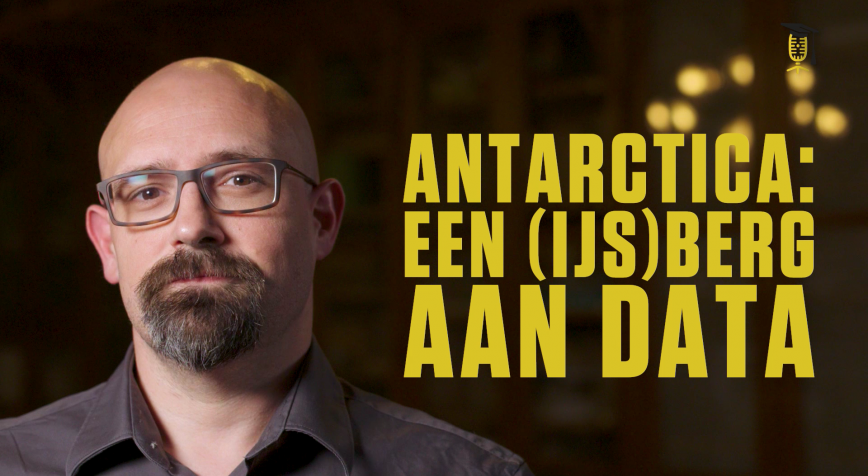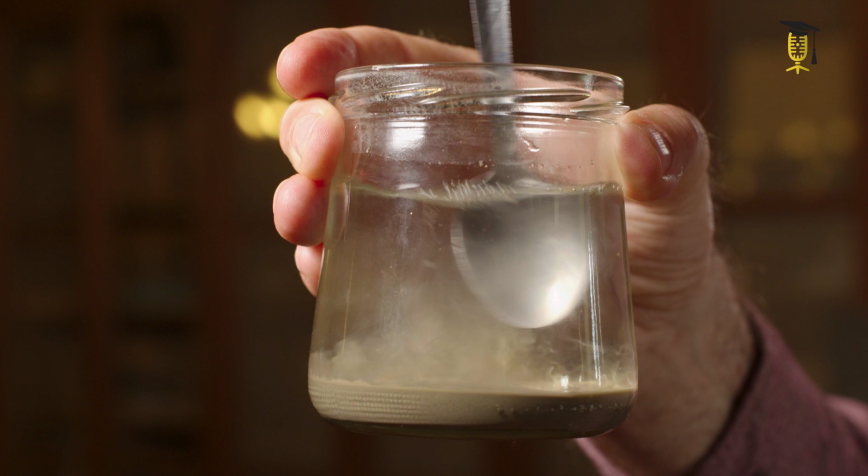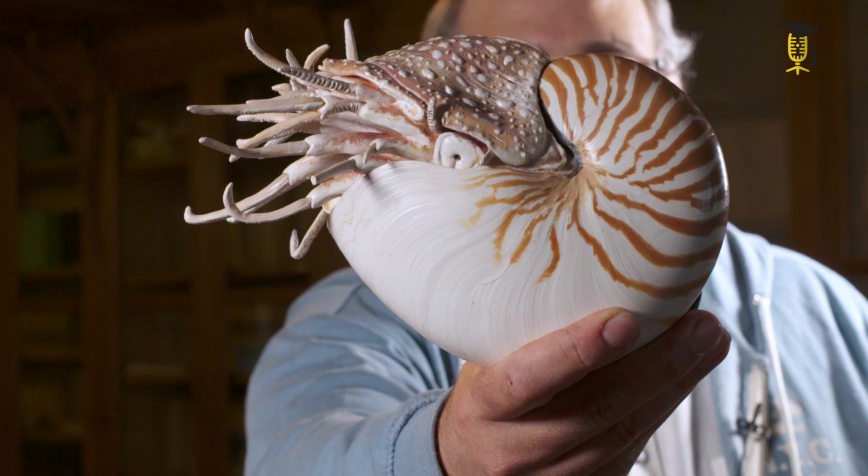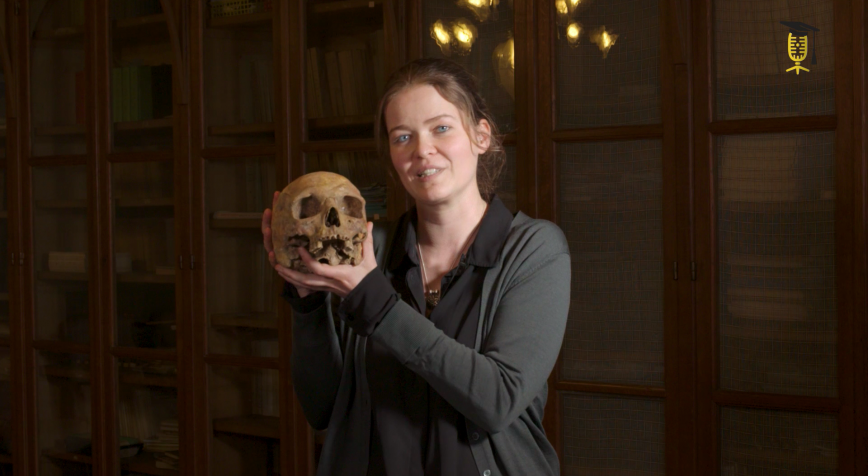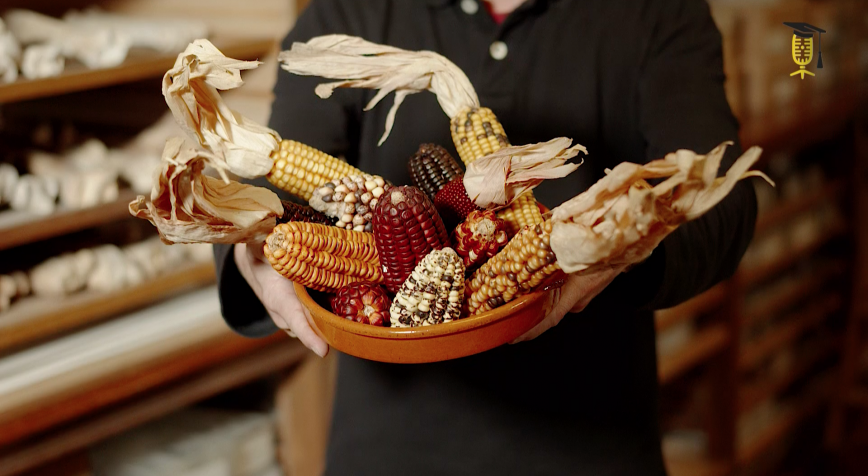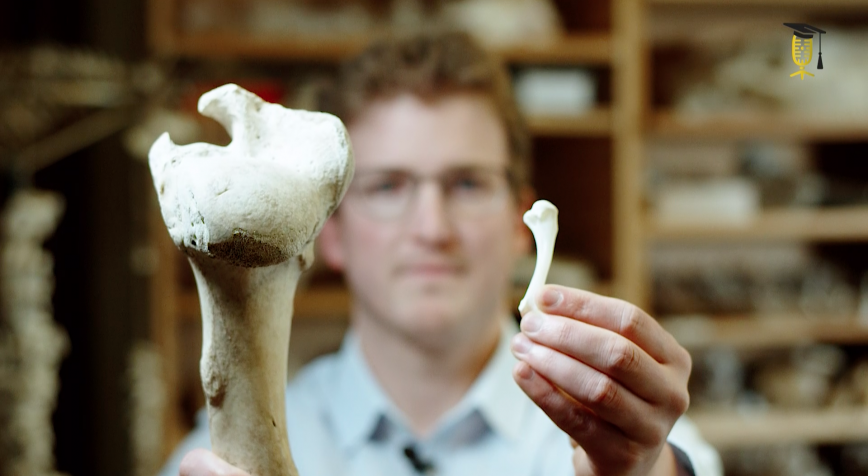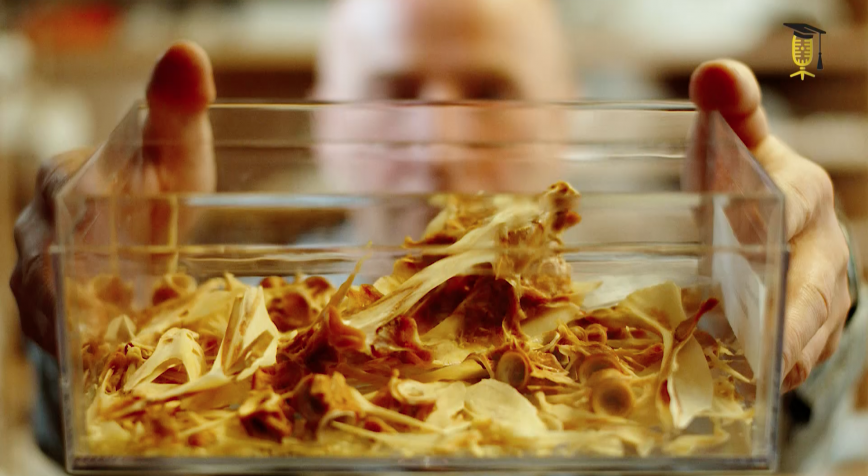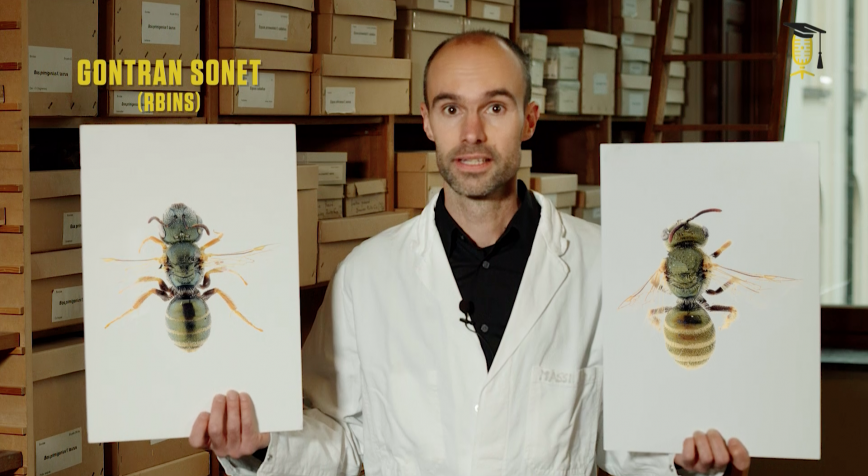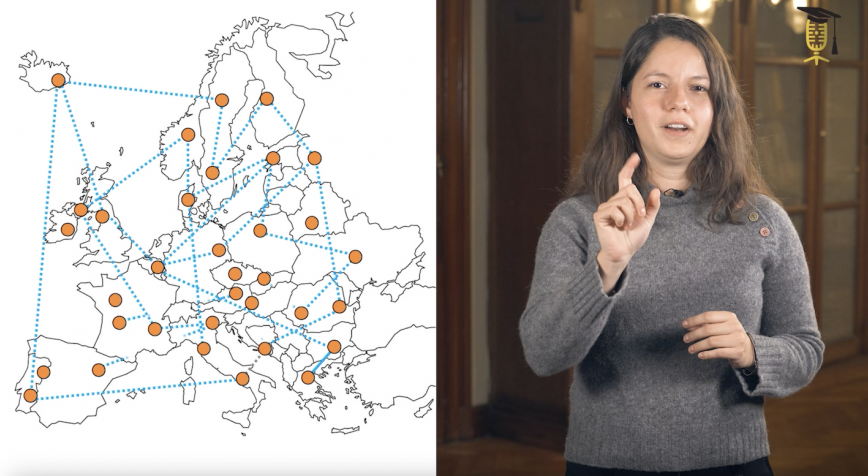
KBIN
Making European underground data accessible for everyone
"I'm going deeper underground" 🎵 The lyrics of Jamiroquai's famous hit may well apply to Renata Barros. As a geologist, she knows how precious the underground is in providing essential minerals for modern-day technology, drinking water, etc. Through the Geoconnect3d project, Renata & her colleagues bring all the information from underground studies all over Europe together in an accessible knowledge system.
